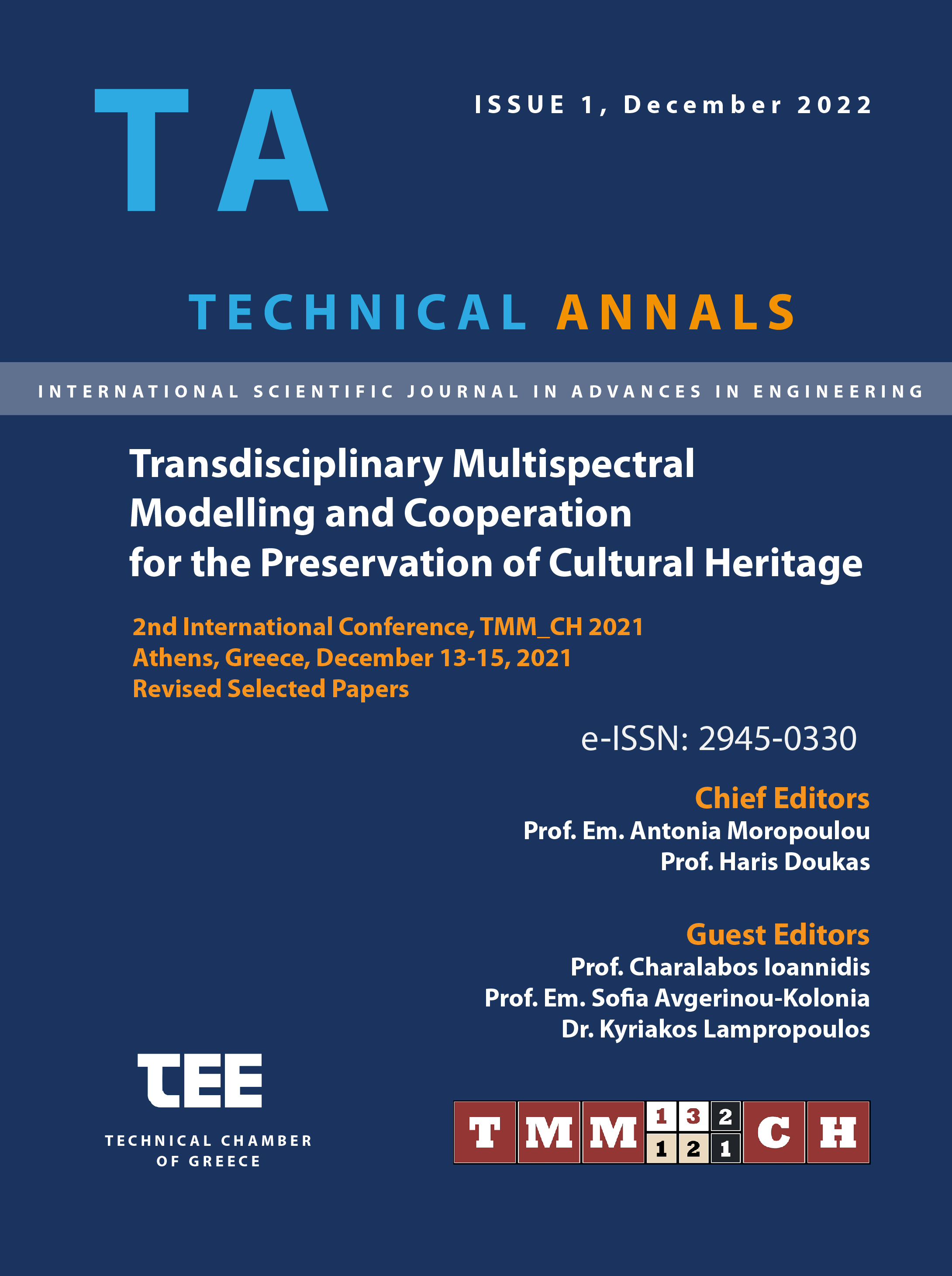A pointed falsework or a false decentering: Restoration and consolidation of Tsipiani bridge

Abstract
Tsipiani bridge (1875) is located at the East Zagori region in Epirus Greece, near the village of Miliotades. It is a peculiar single-arched bridge, the arch of which appears pointed, with an opening of 26 m. Traditional stone bridges have no wedge-shaped voussoirs, and the final round shape is formed by variable mortar amount amongst the flat sandstones of the area. The current stake is the salvation of the bridge. In the institutional framework of protection, the exact wording of the question is «whether or not» the study is approved. Bridges do not stand by democratic procedures but by the decisive intervention of the engi-neer corresponding to that of the master builder who in this case seems to have carried out a false decentering. In this case our proposal was the method of “stitching” which is used to reinforce existing structures made of stone or brick to increase the resistance of the masonry against compressive, shear and tensile forces and to connect loose parts in the body of the masonry.
Article Details
- How to Cite
-
Papageorgiou, A., & Lolos, L. (2022). A pointed falsework or a false decentering:: Restoration and consolidation of Tsipiani bridge. Technical Annals, 1(1), 175–192. https://doi.org/10.12681/ta.32177
- Section
- Uni and interdisciplinary approach for the sustainable preservation of Cultural Heritage

This work is licensed under a Creative Commons Attribution-ShareAlike 4.0 International License.


